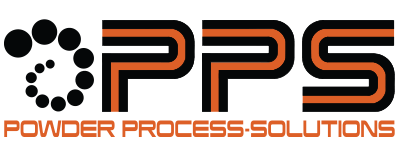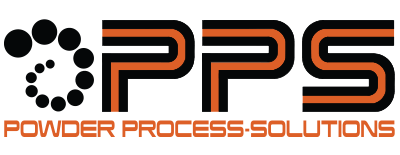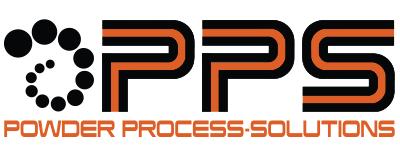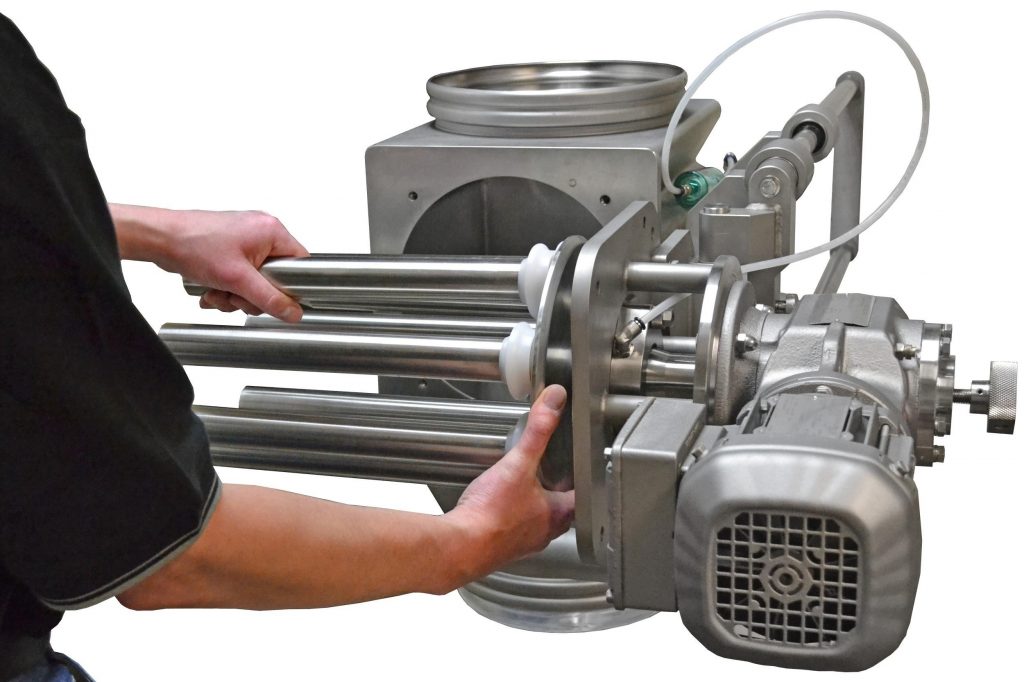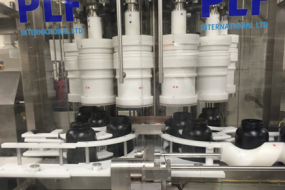How to Choose a Magnetic Separating Solution for Your Conveying System
Powder processing facilities have plenty of machinery with aggressively moving parts that have been known to shake loose fasteners or wear down surfaces to produce tiny metal particles or big metal pieces.
No machinery is immune to wear from blowers, pumps, feeder, belt conveyors or rotary valves.
But when metal debris isn’t captured it can cause costly downtime and machine repair, even going so far as to require the need to purchase new machinery. Most importantly, it can lead to contamination, which would cause a loss of product, revenue, and profit — or worse if that contaminated product makes its way to your customer or the consumer.
However, if your conveying system is equipped with the proper magnetic separator, you’ll be able to capture metal contaminants to deliver a final product that meets your industry’s sanitary standards.
To better understand which type of magnetic separator is right for your facility, we’ll explore magnet materials, examine process applications, then delve into magnetic separation equipment designed to meet the requirements of a multitude of applications.
Magnetic Separators: Knowing the Ideal Magnet Material & Circuit for Your Application
The field of magnetics (no pun intended) is vast. Many would have you believe that “Neo” magnets are the end-all-be-all when it comes to separating ferrous material from non-ferrous material. And while they are the most powerful permanent magnet, they have their shortcomings that all of their power cannot overcome.
Did you know that a magnetic field can be too strong? “Neo” magnets, which is slang for Neodymium Iron Boron magnets, are in a family of magnets that are referred to as “permanent magnets.” All of the magnets in the permanent magnet family, all provide something that their siblings cannot.
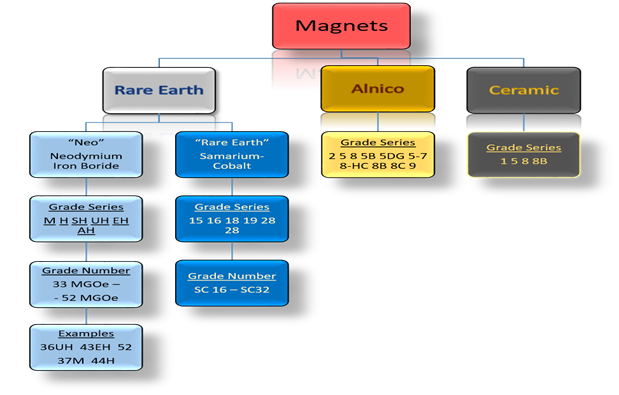
Application Considerations
Selecting the right magnetic separator for your application will depend on several factors. Temperature, flow rate, flow characteristics, and process issues should all be considered during the decision-making process. Let’s explore these in more detail:
Temperature
High temperatures can alter a magnet’s effectiveness. They start to lose strength at their maximum operating temperatures.
All magnets also have what is called a curie temperature. The curie temperature is the temperature at which a magnet completely loses all of its gauss. Gauss is the measurement by which a magnet’s strength is measured. Once a permanent magnet gets heated past its curie temperature, the magnets structure is altered and the magnet will lose it all of its strength as well as its ability to be re-magnetized.
Heating a magnet past its maximum operating temperature, but below its curie temperature, will cause the magnet to lose its strength over time. So, it’s important to design a filter within the magnet’s maximum temperature, or contaminants in your particle stream will pass right through the magnetic separator.
Flow Rate and Characteristics
The material moving past the magnet needs to be metered so that the magnetic field can capture any contaminants. How the material flows makes a difference, too. If a material clumps, for example, it may plug the separator’s opening, requiring the position of the magnetic rods to be adjusted to create more space for the product to flow freely.
Process Characteristics
The type of separator needed will depend on several process considerations. You’ll need to determine the level of product purity required.
- Is the material coming to the separator evenly or in surges?
- Can the system be stopped to clean the magnet or will you need a self-cleaning magnet?
- If the magnetic separator is manually cleaned, how will the magnetic separator element be handled? Are there any ferrous materials nearby that could pose a safety hazard?
Powder Type and Consistency
Perhaps one of the most important considerations is the type and consistency of your powder. Some of the categories that deserve consideration are:
- Dry and free-flowing powders
- Dry powders with bridging characteristics
- Moist or lumpy powders (i.e. flour or cornstarch)
- Liquids
Choosing the Right Design for Your Application
Once you’ve considered all your unique application requirements, it’s time to match them with a magnetic separator that meets your needs.
Grate Magnets are designed for small, dry, granular free-flowing powder. A grid of magnetic rods or bars is positioned in a cross-sectioned area of a pipe, discharge chute, or hopper. It may have a single layer of bars for use in a hopper or multiple rows for vertical chutes.
Rotary Magnets are used for powder flows that will clog stationary grates, like flour. The magnetic rods rotate through the powder stream, increasing magnetic contact, while preventing bridging and lumping.
Inline Plate Magnets work well for a conveyed powder stream in pressurized or vacuum systems. They can be configured in single or dual plate designs for increased separation performance. Furthermore, dry product that builds up or bridges can clog a grate magnetic separator. A plate design, positioned beneath a sloped chute is an option. Rotary magnets, which are mentioned above, also are a good solution.
Inline Magnets are often used for railcar unloading transfer systems, bulk truck transfer systems, bulk bag feeding pneumatic transfers, pressure or vacuum dilute paste conveying.
This category of magnetic separator design Includes:
- Spherical pipeline magnets for sensitive food applications, such as diary. It’s design also is effective for capturing tramp iron as well as fine particles.
- Round pipeline separators, which are an inline pneumatic convey line magnets for horizontal, vertical, or sloping installations.
- Powder transfer magnets, which is similar to the round pipeline design but with two magnets oriented at 90 degrees from each other for vertical installations.
- Liquid Pressure Pipeline Magnetic Separators for viscous and non-viscous liquid food products. This design is used to protect product, as well as equipment like pumps, homogenizers, and highly sensitive equipment like extruders.
- Horizontal Magnetic Separators for blow lines and vacuum lines. This magnet can be used in both powder and liquid applications.
Comprehensive Solutions
Magnetic separators protect powders and bulk-processed materials from small and large ferrous contaminants, and many come in quick cleaning or self-cleaning models. To ensure your final product meets required standards, use the information outlined above to ensure you select the correct design for your application and flow characteristics. In the event you need help sizing or configuring the correct magnetic separator, we would be more than happy to help.
Powder Process-Solutions offers powerful magnetic separation equipment to capture ferrous materials from product lines and to ensure the safety of your final product. Magnetic separators can be customized to fit your requirements, including USDA dairy. Learn more about magnetic separators on our website. For questions or more information, contact us today.
